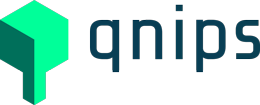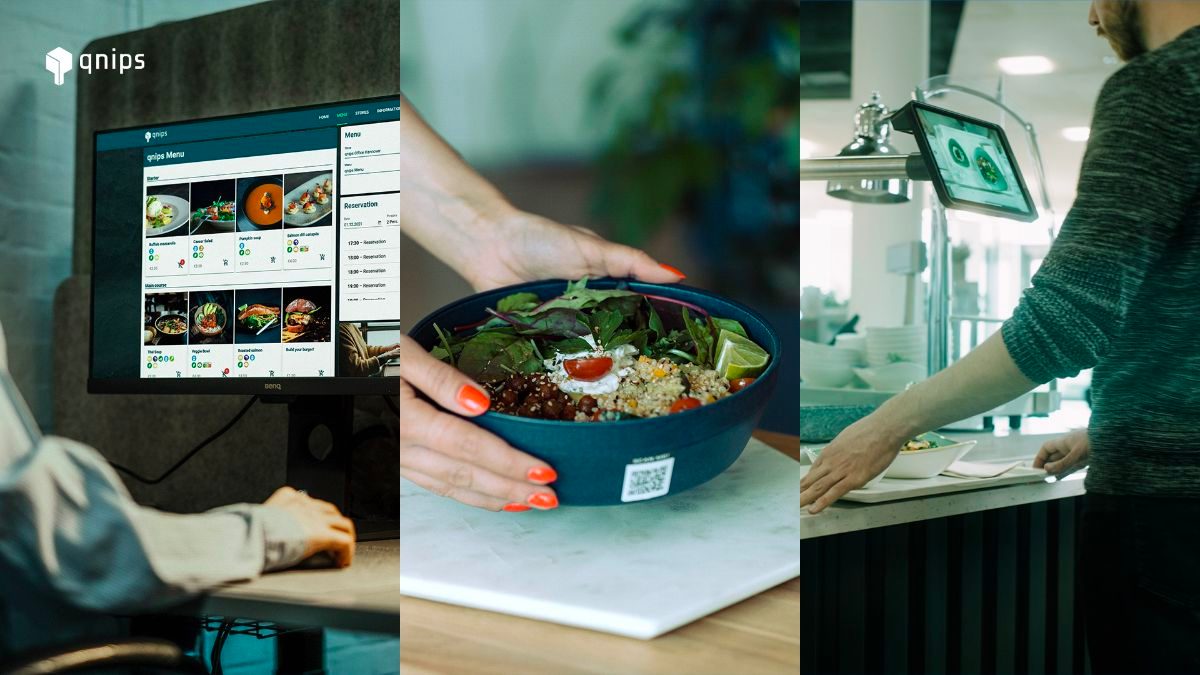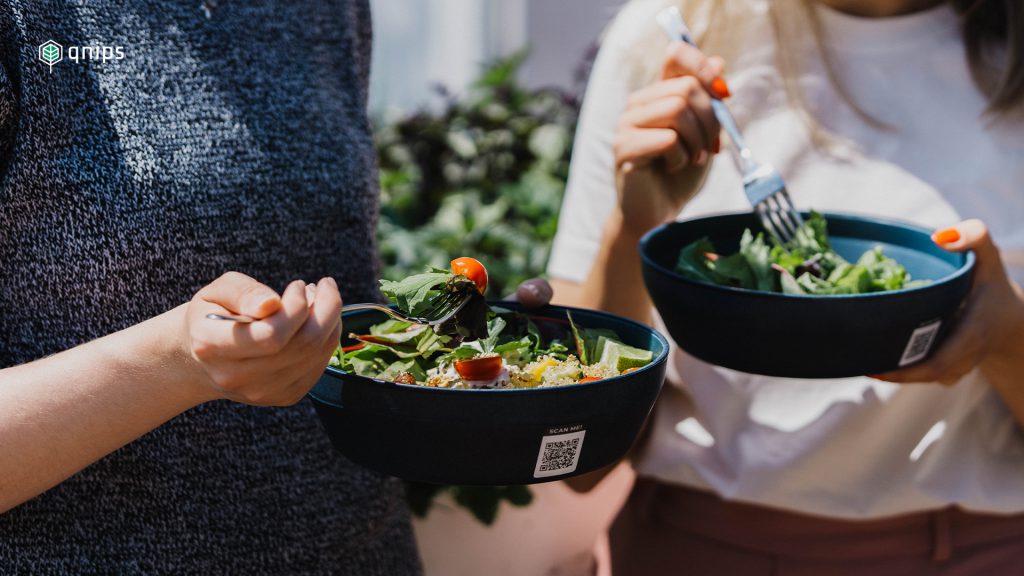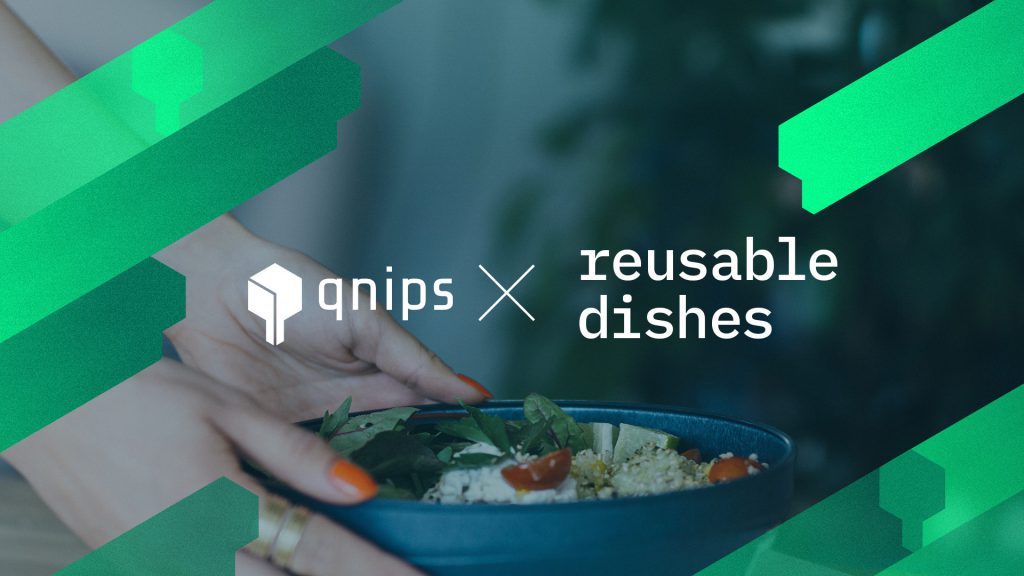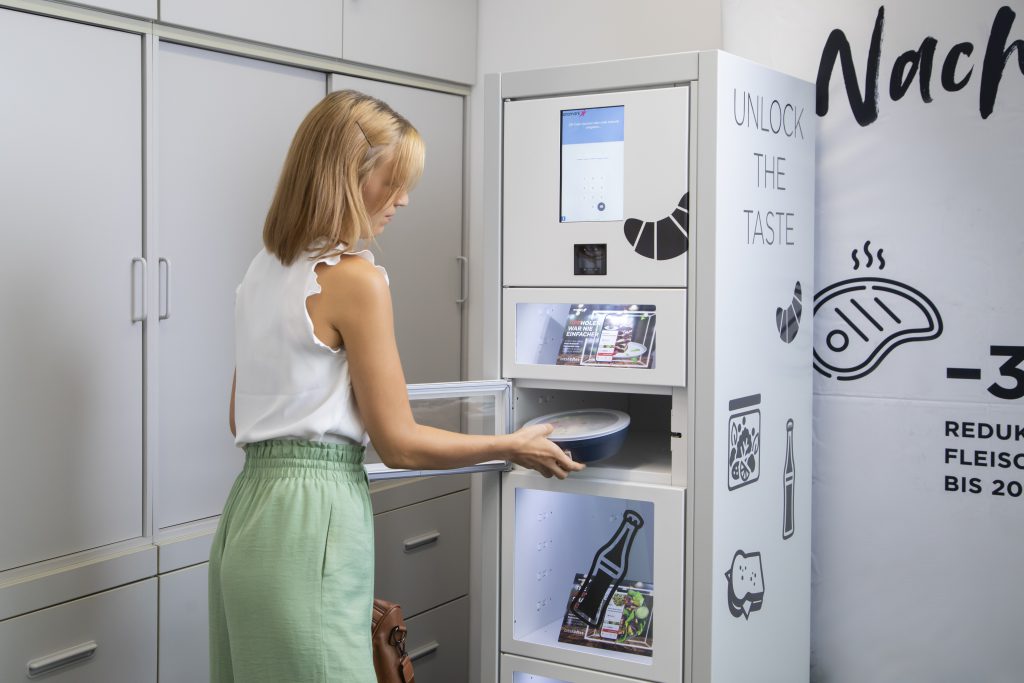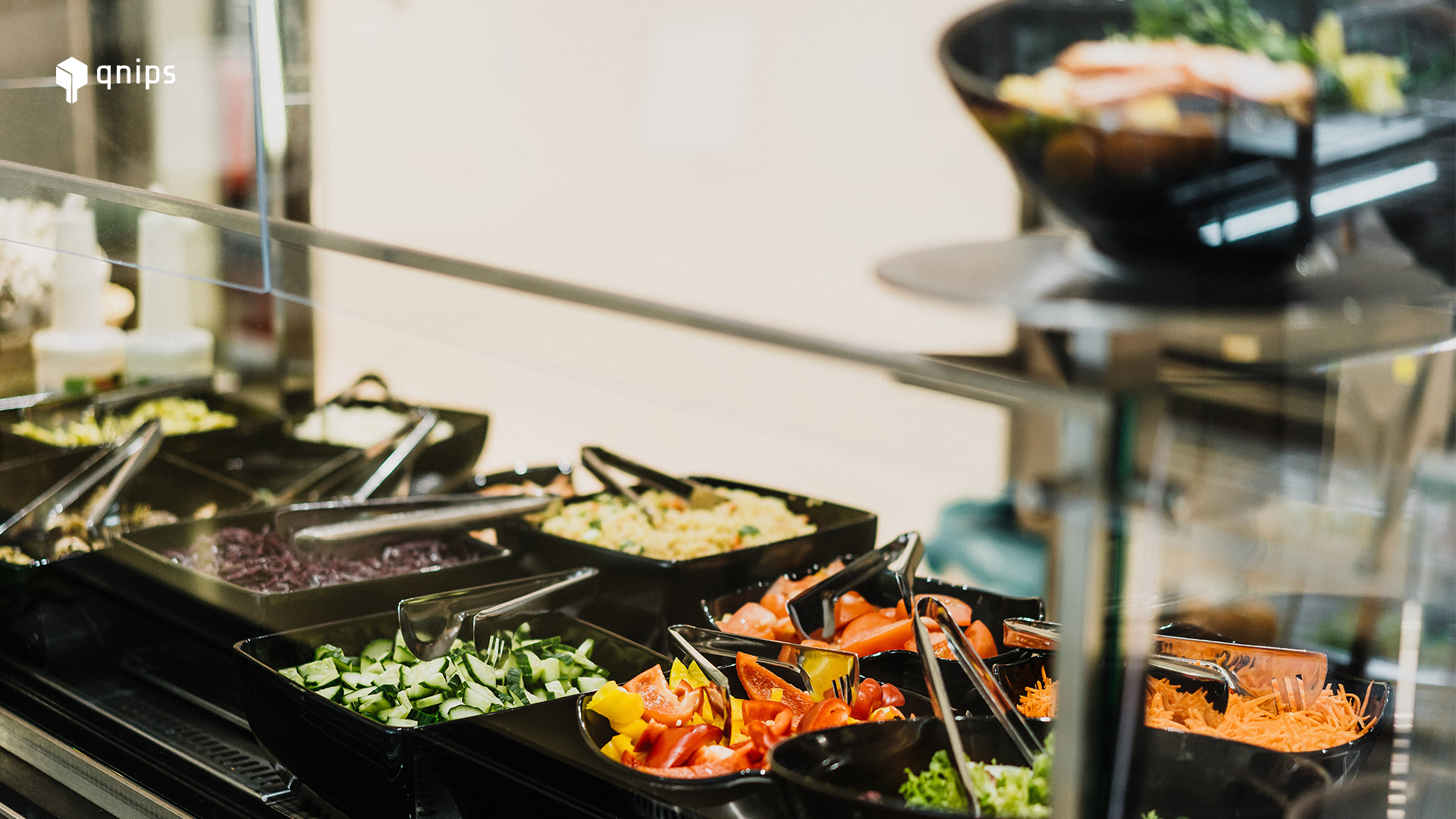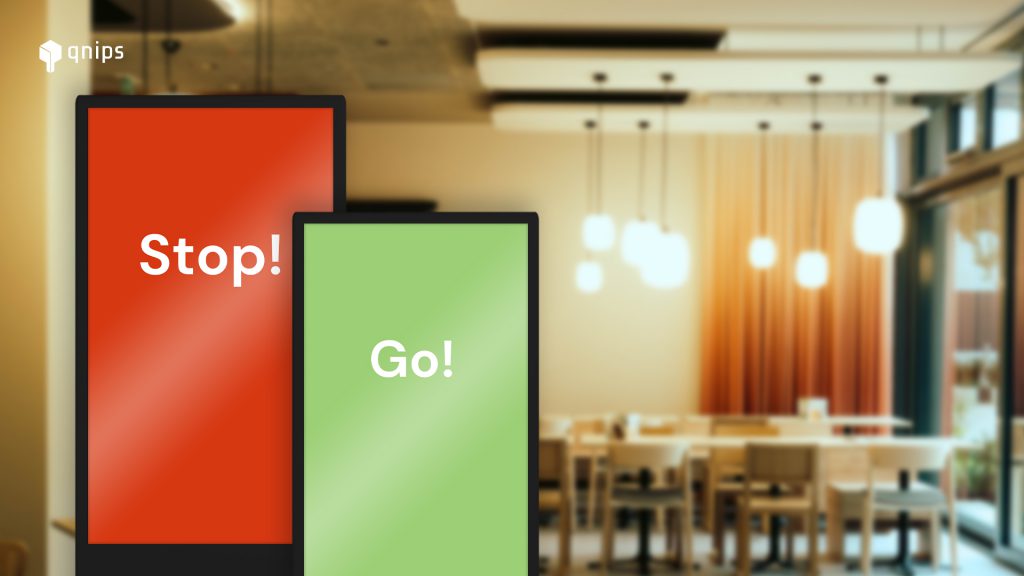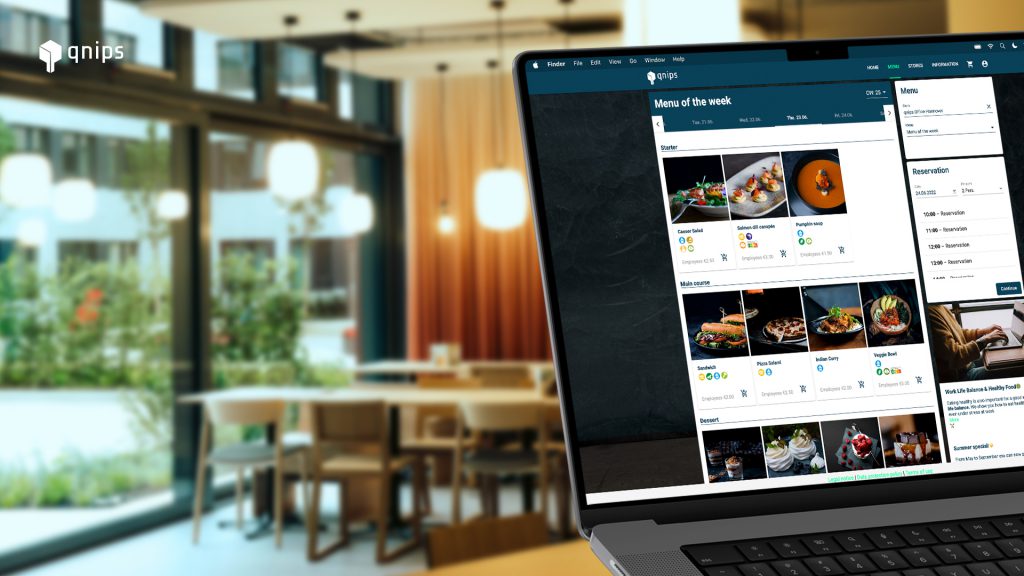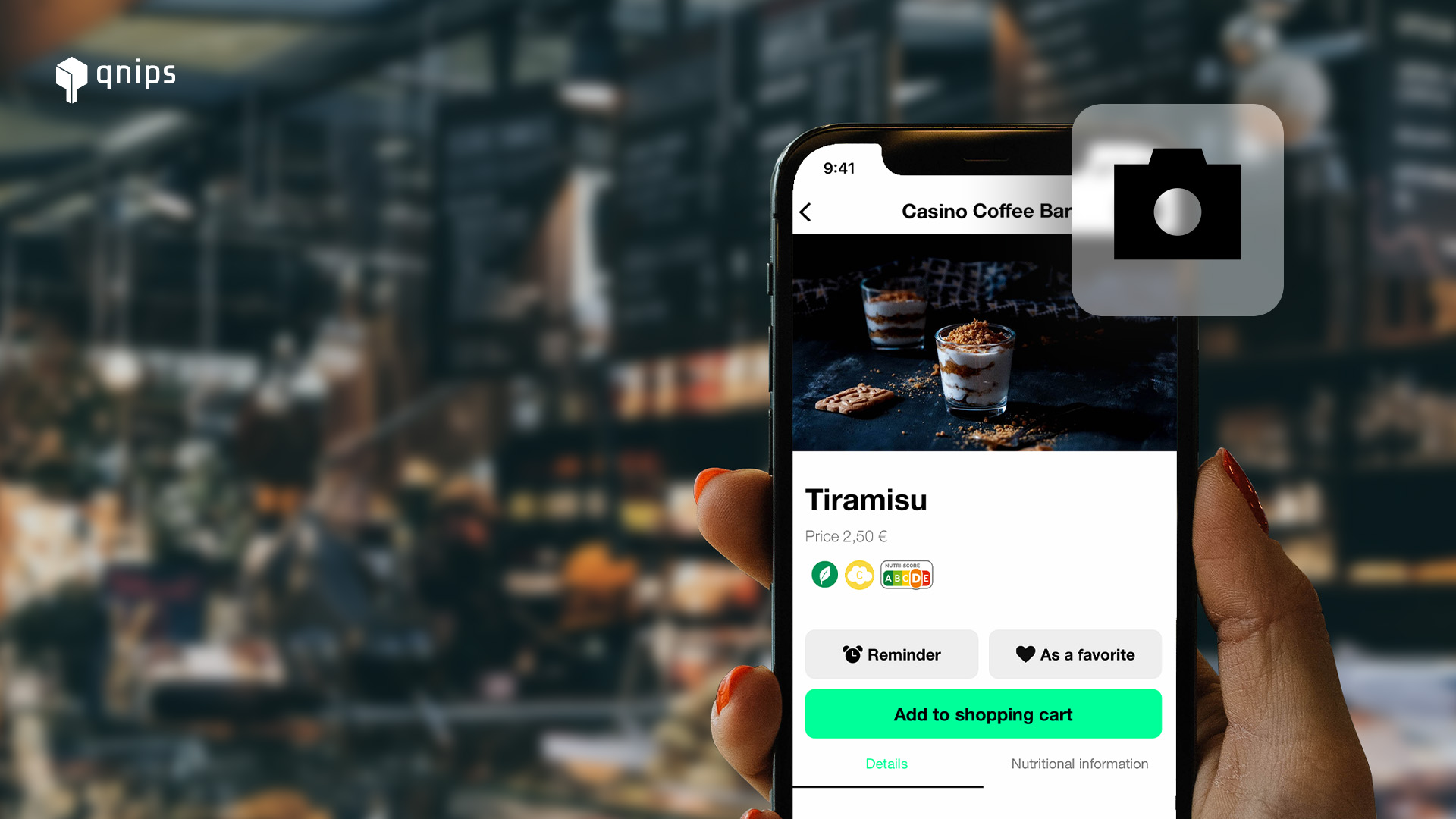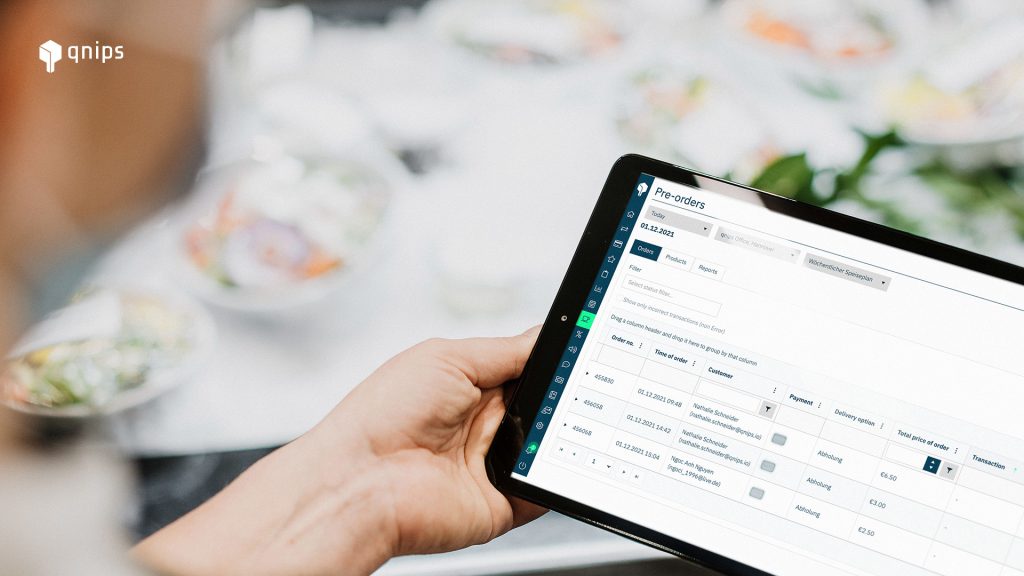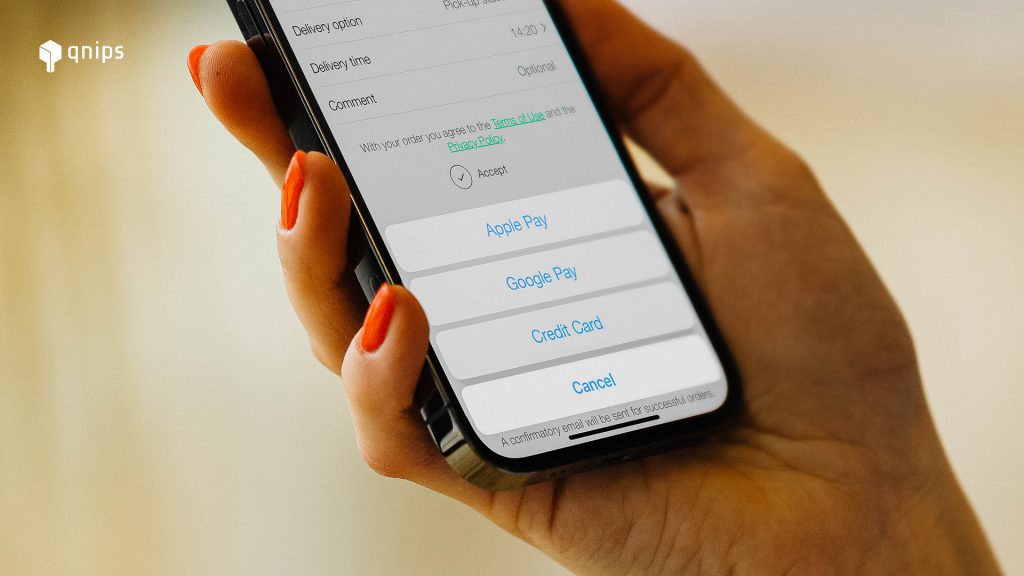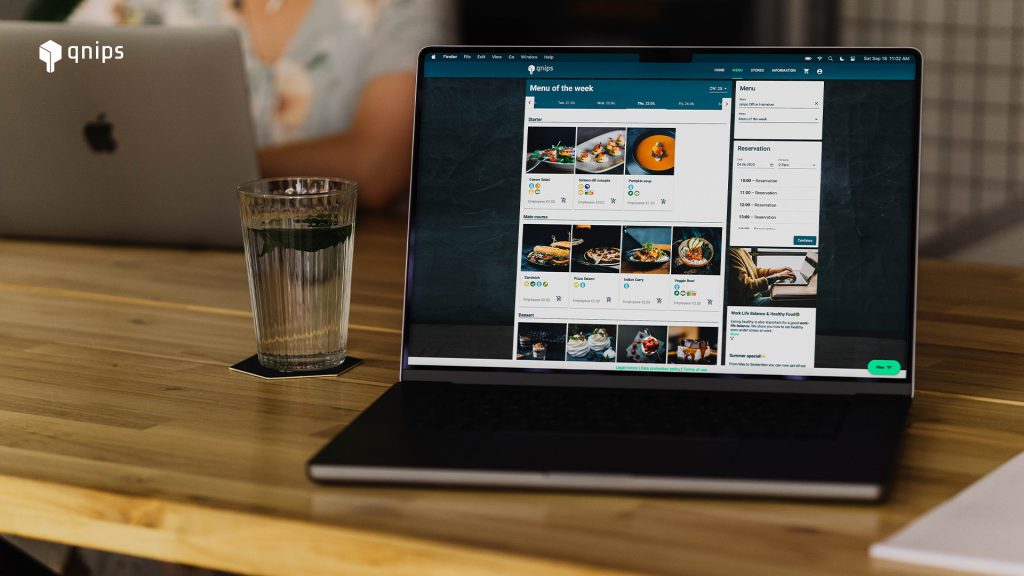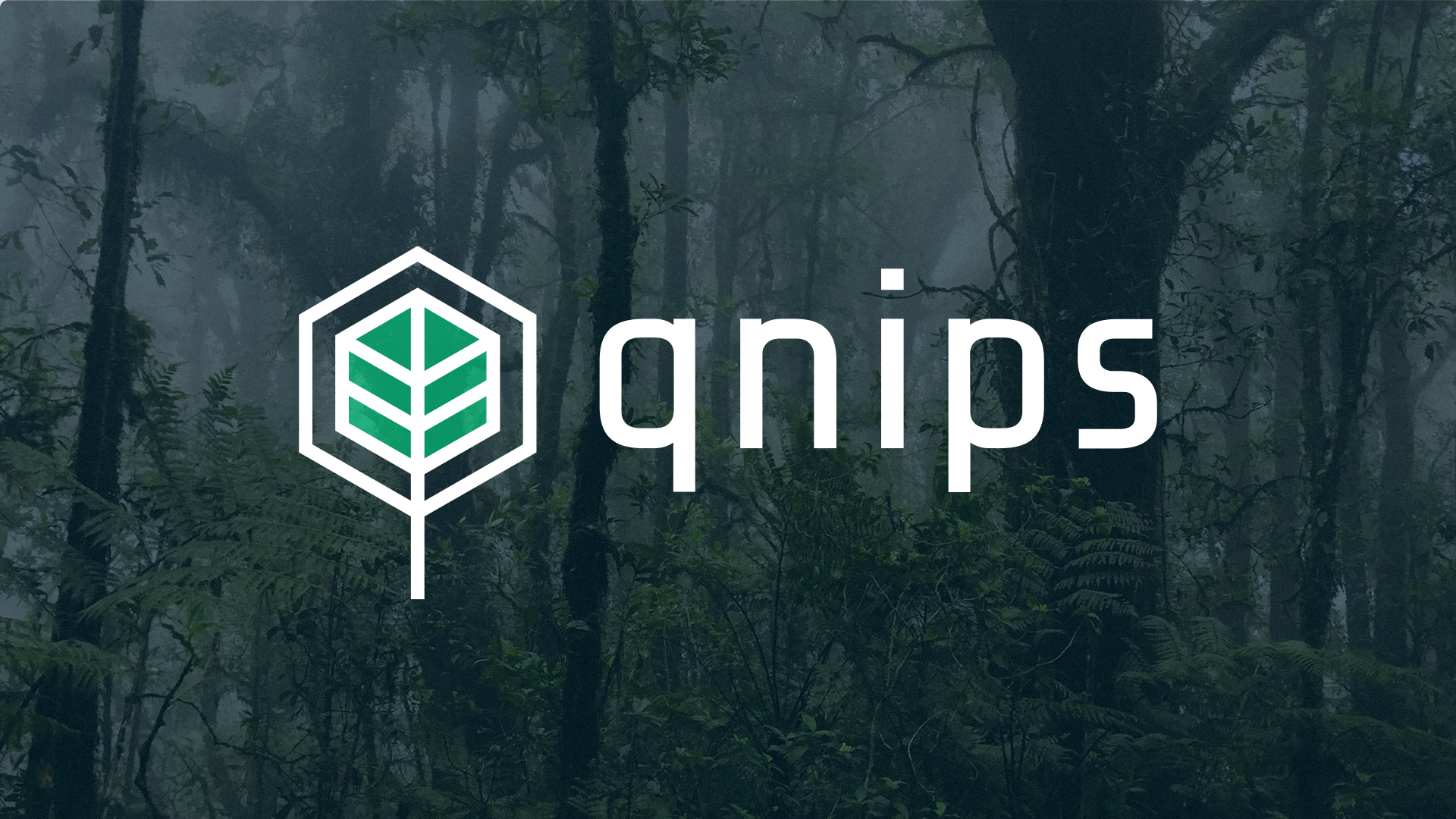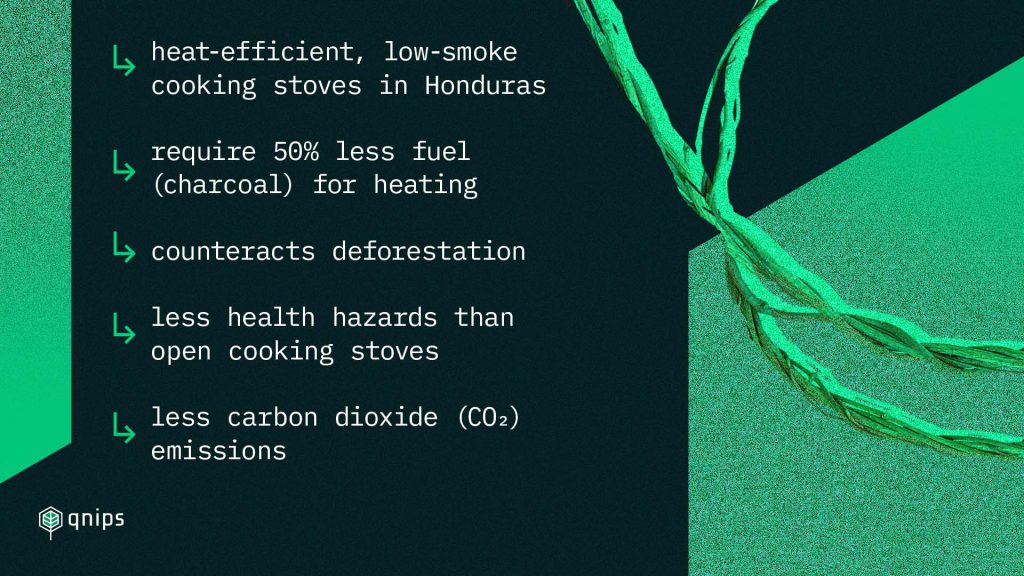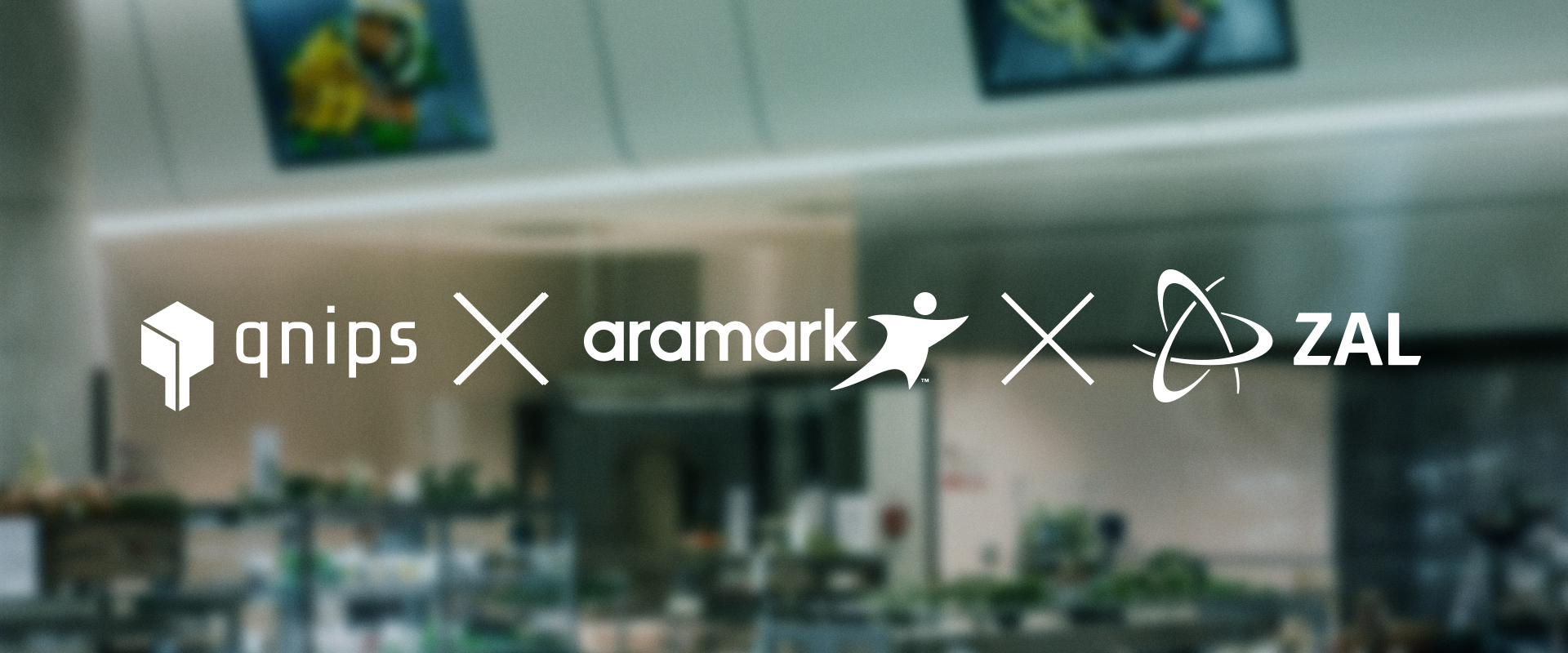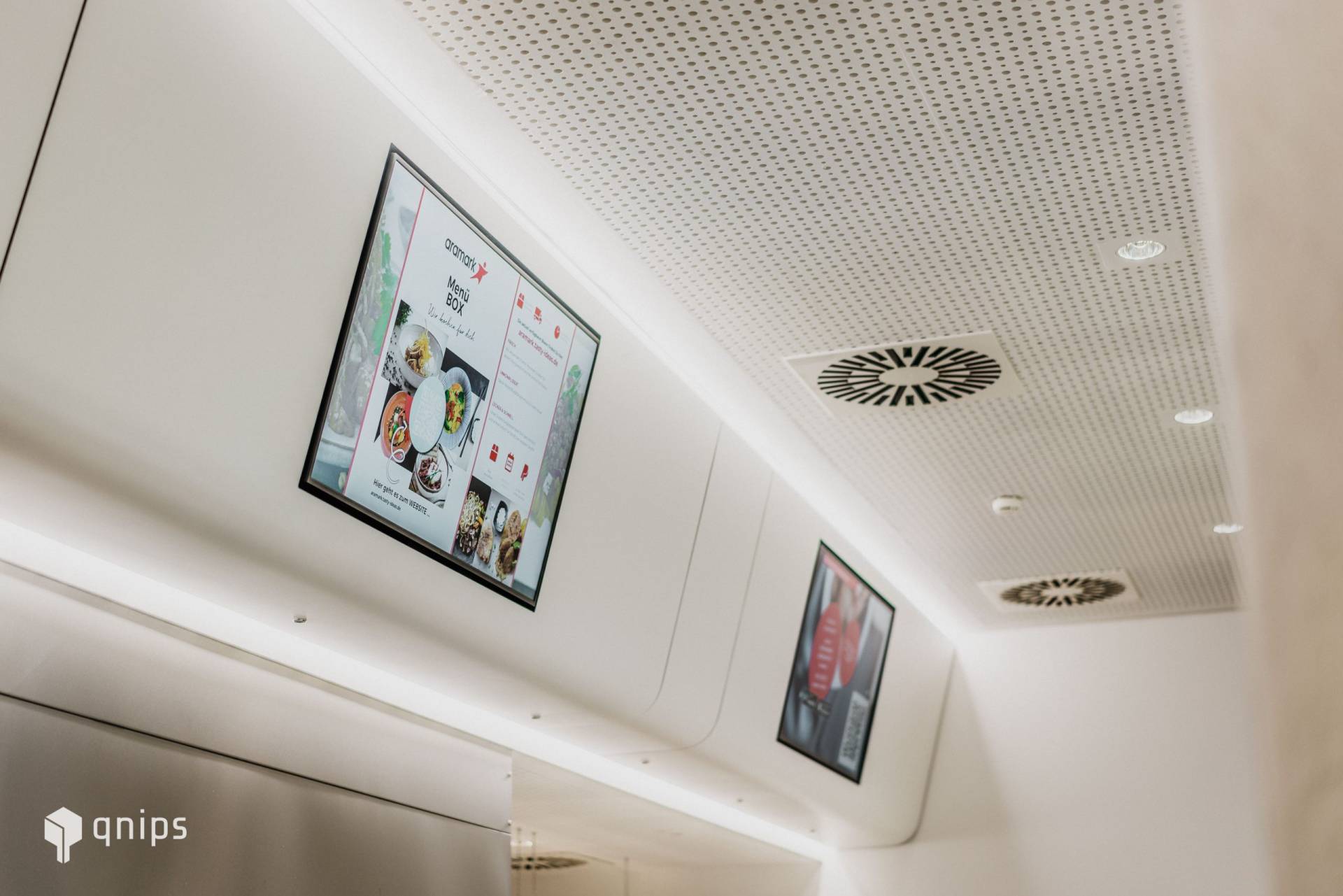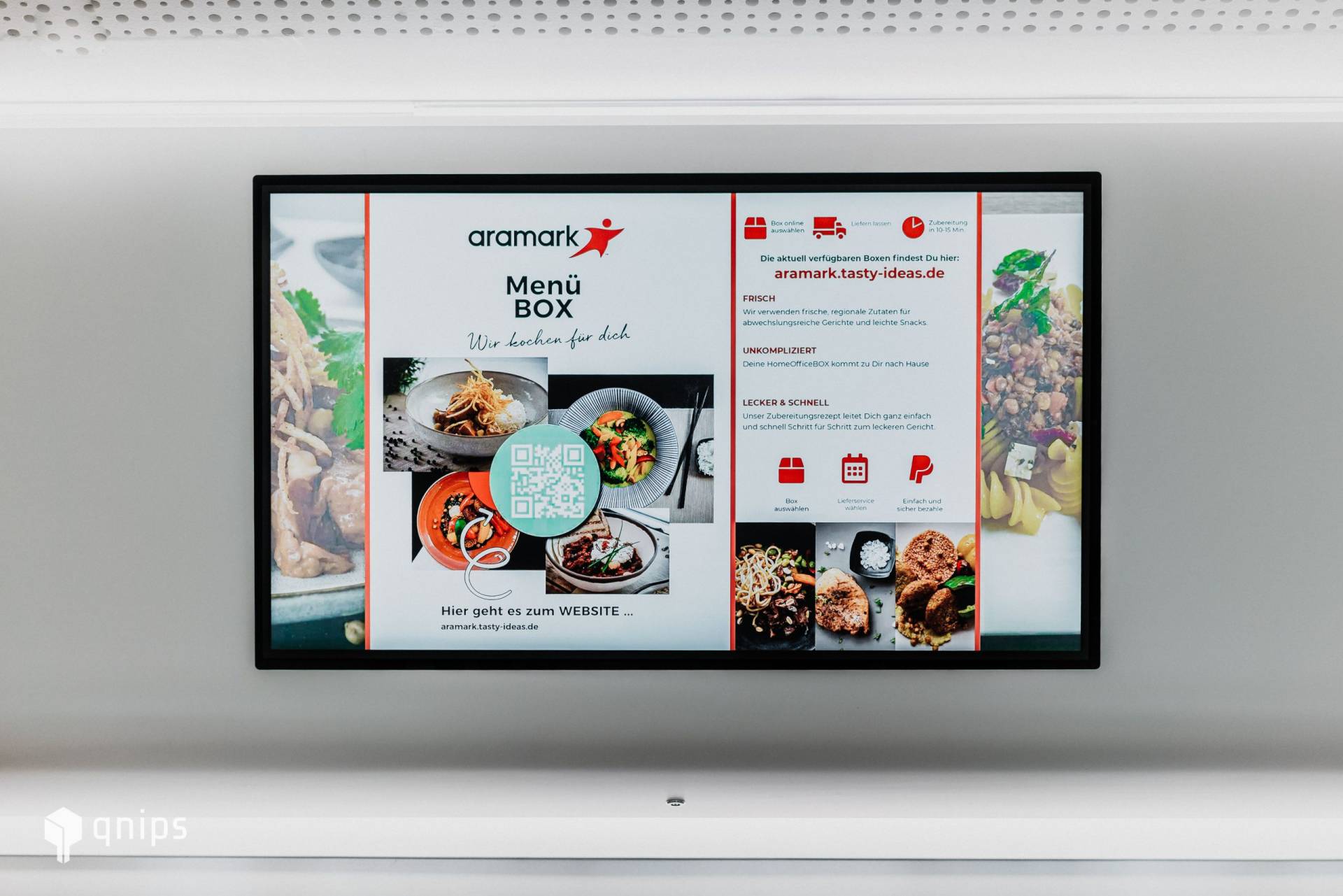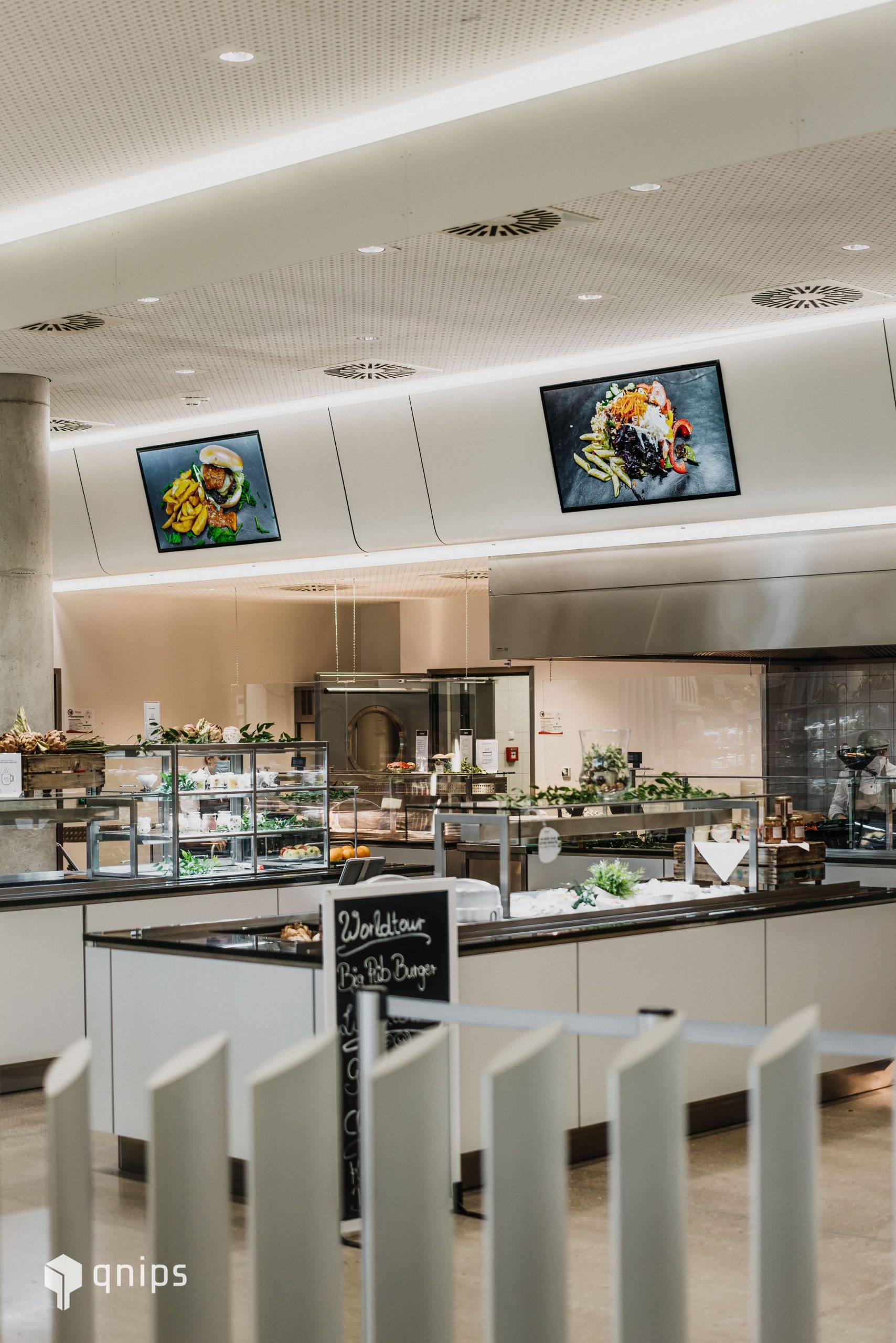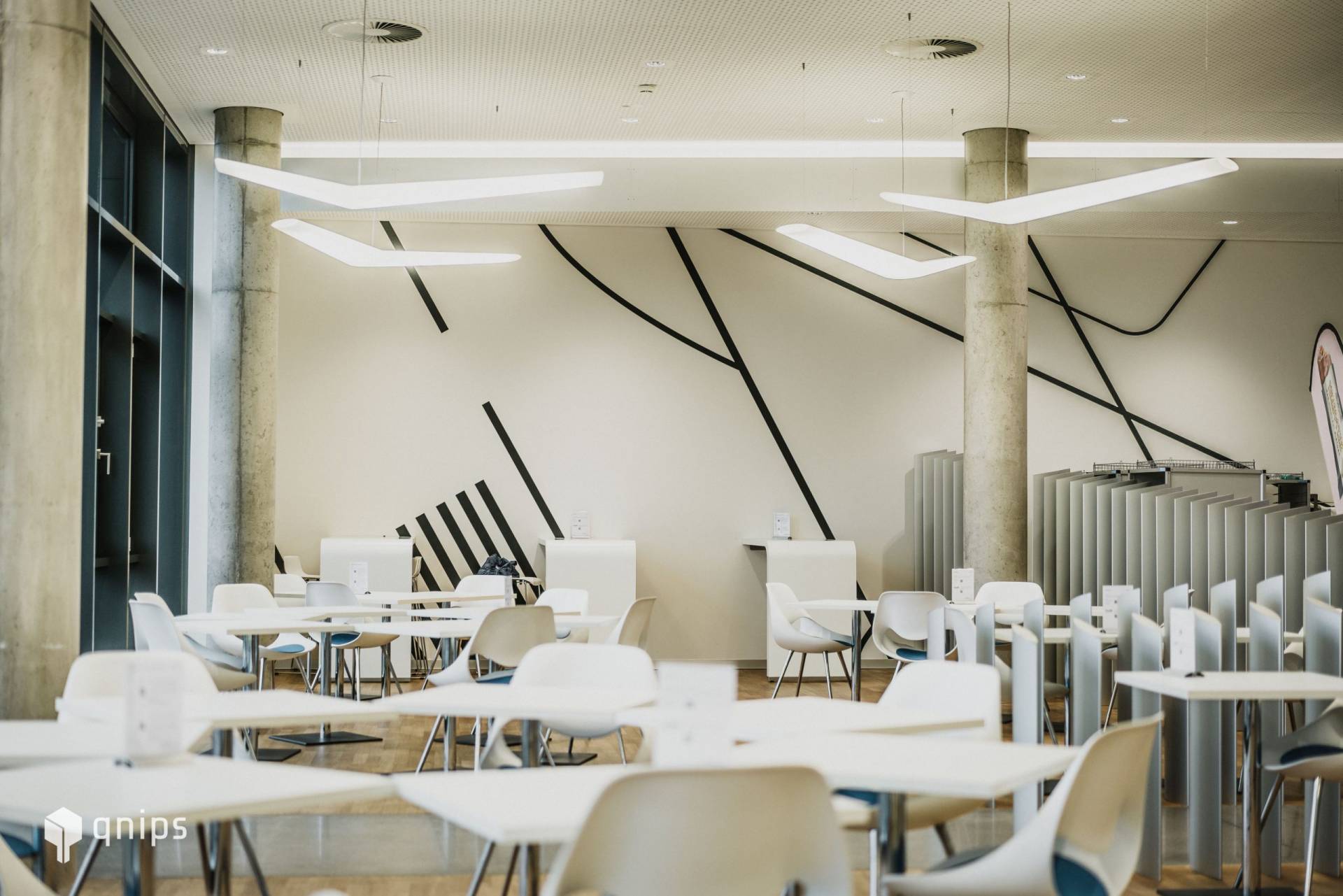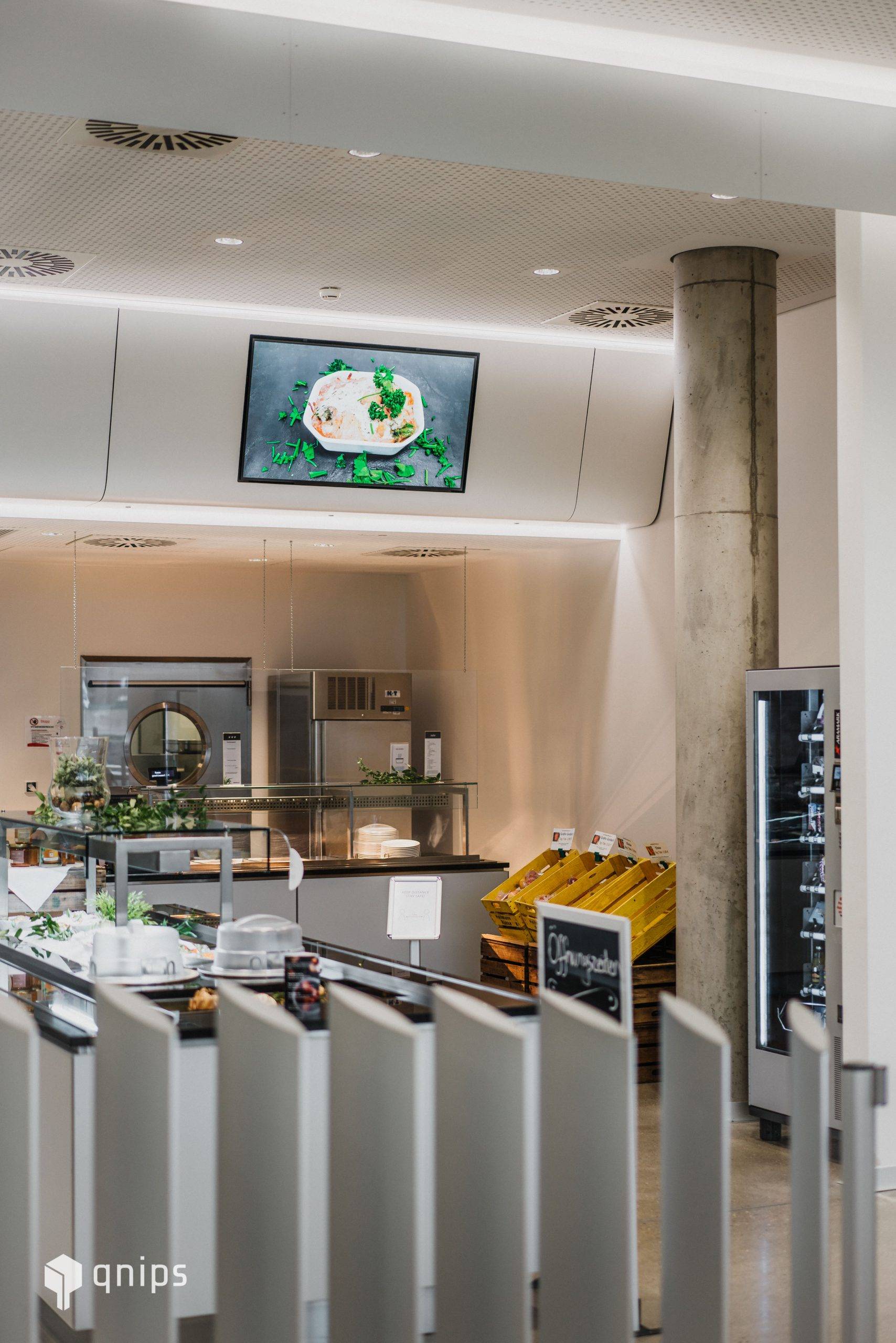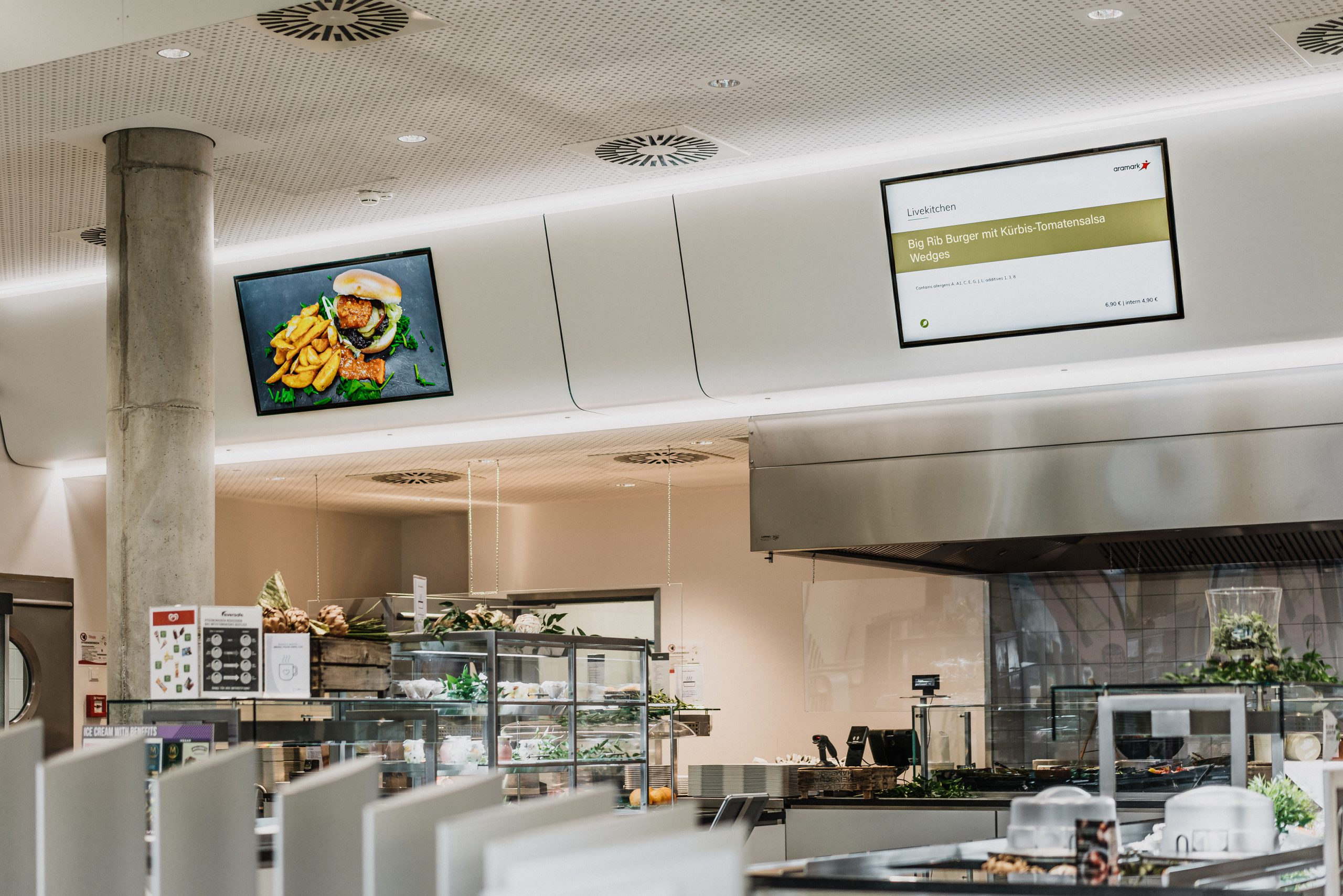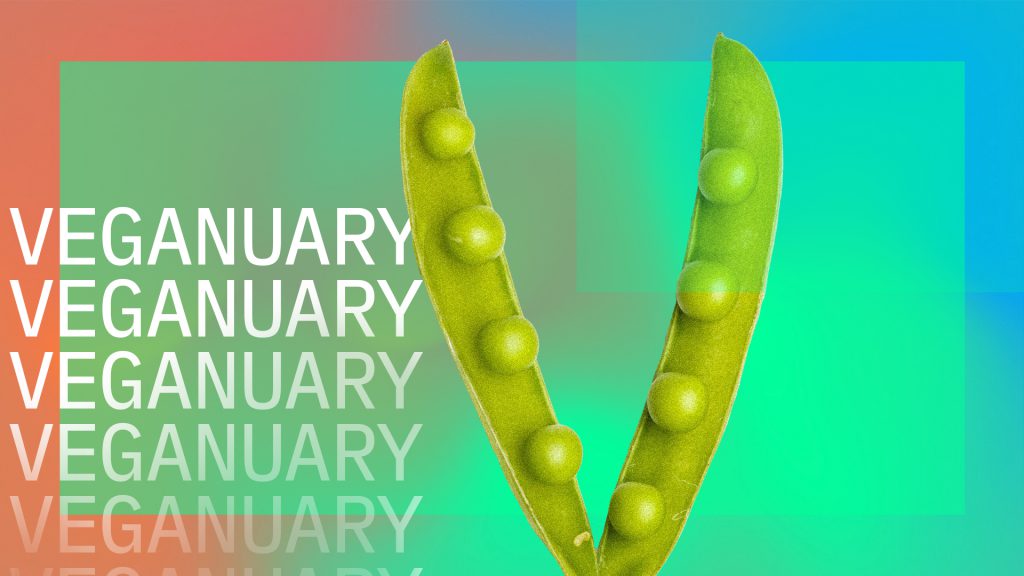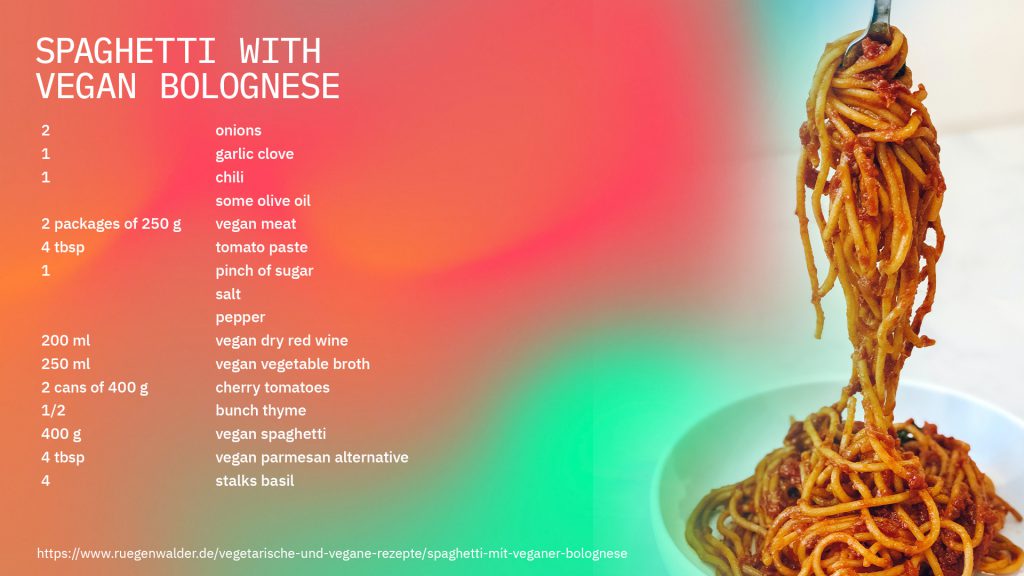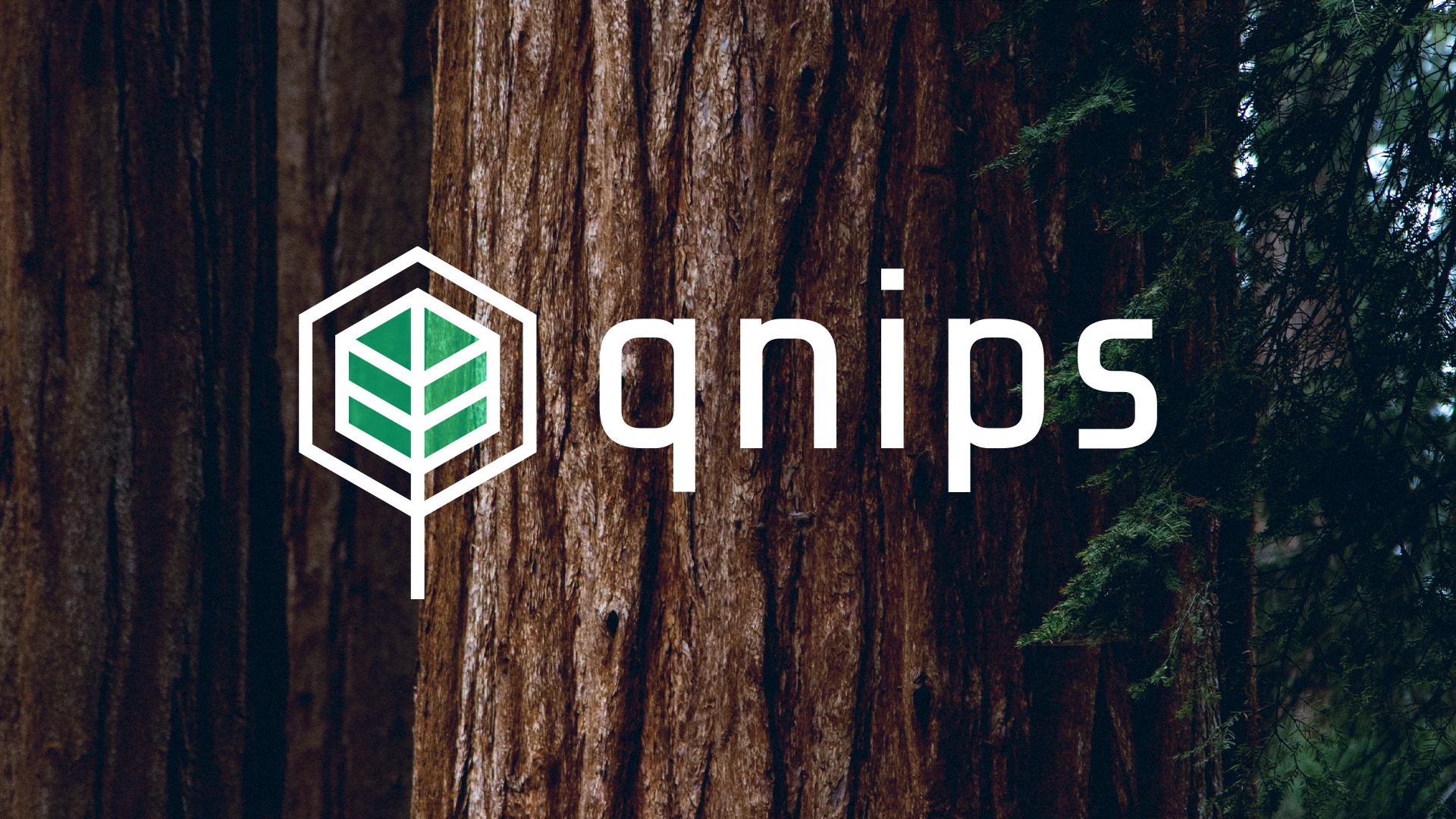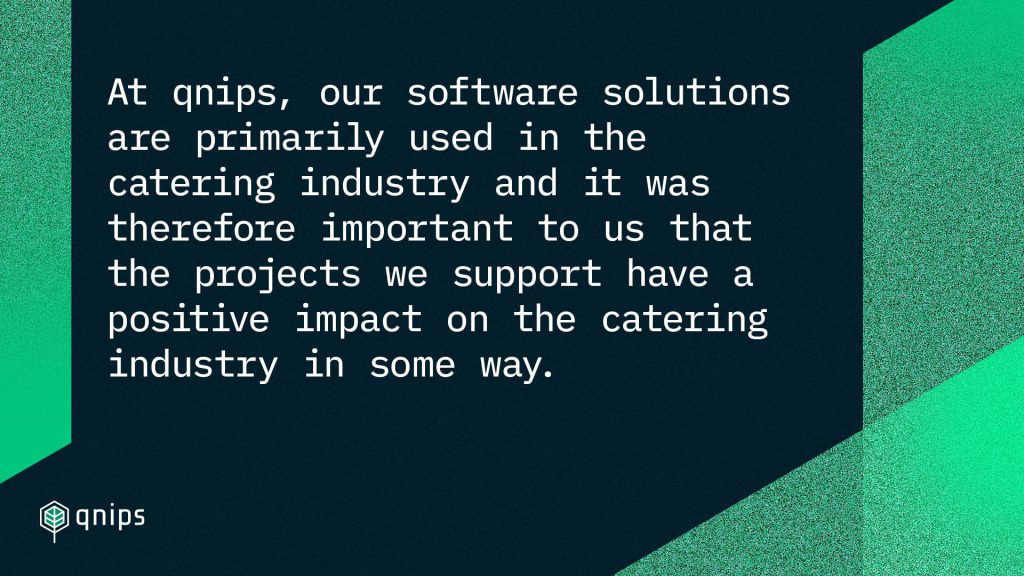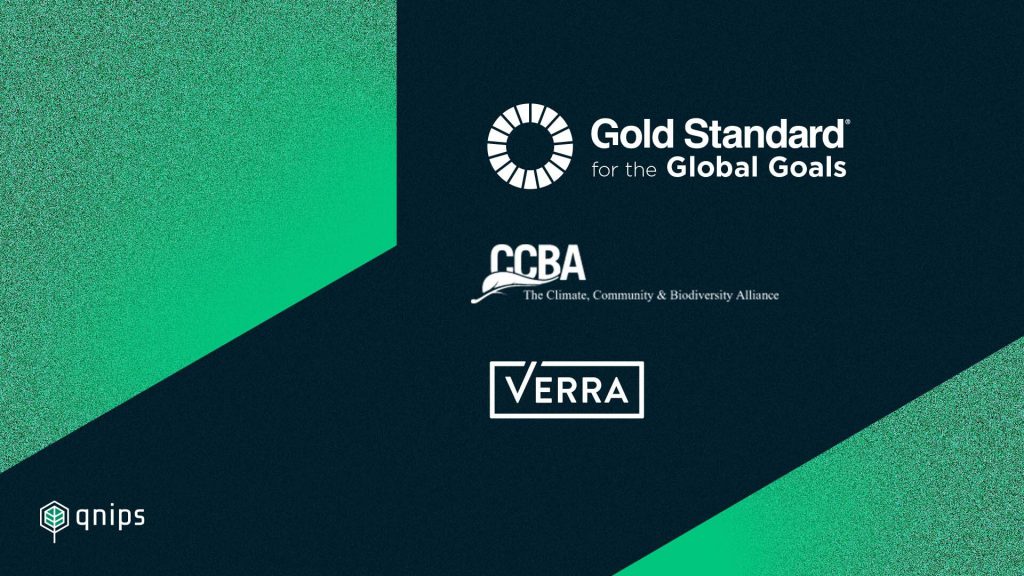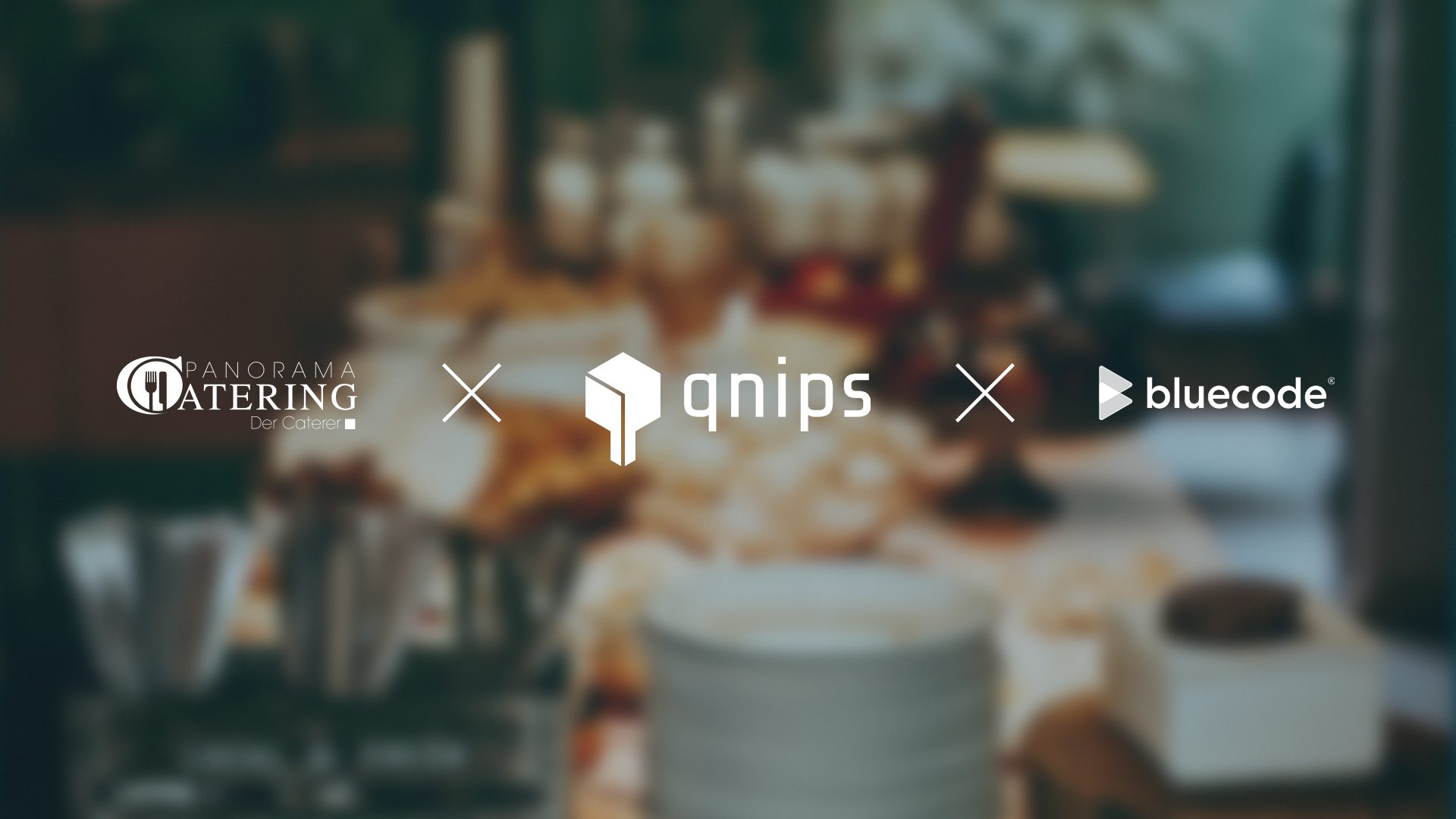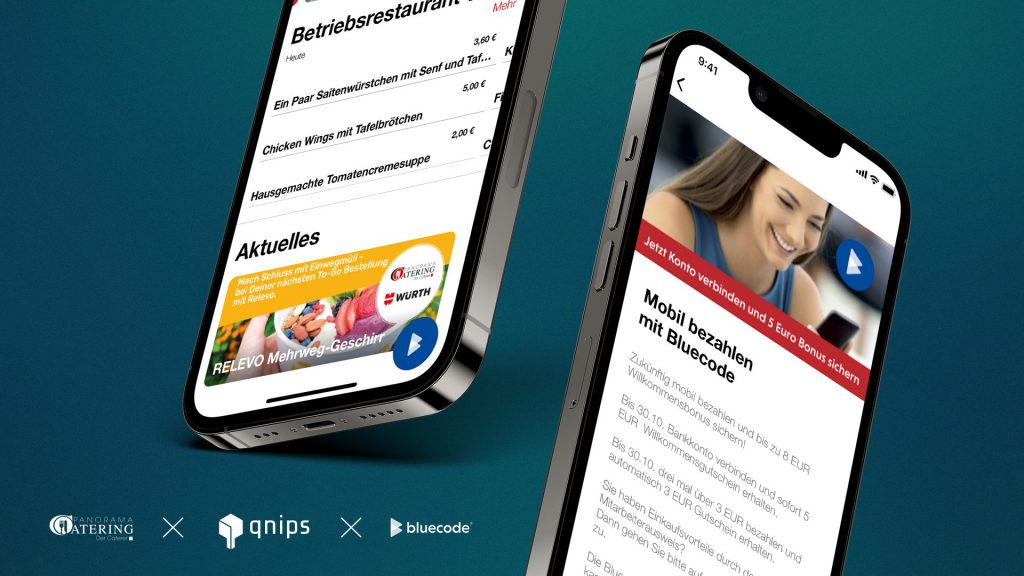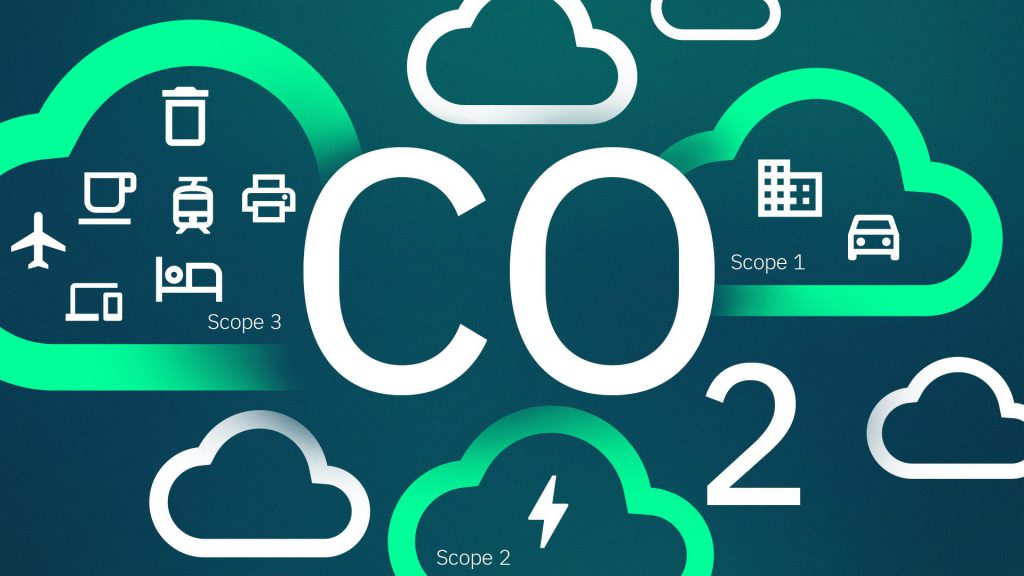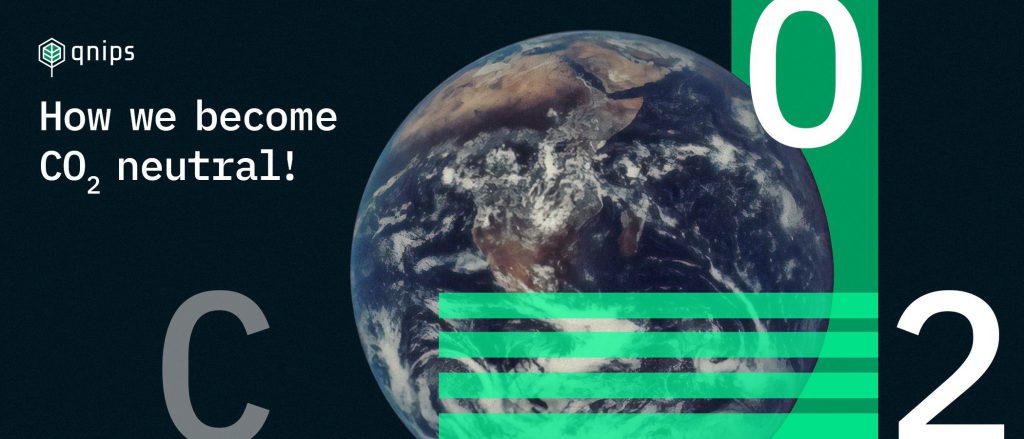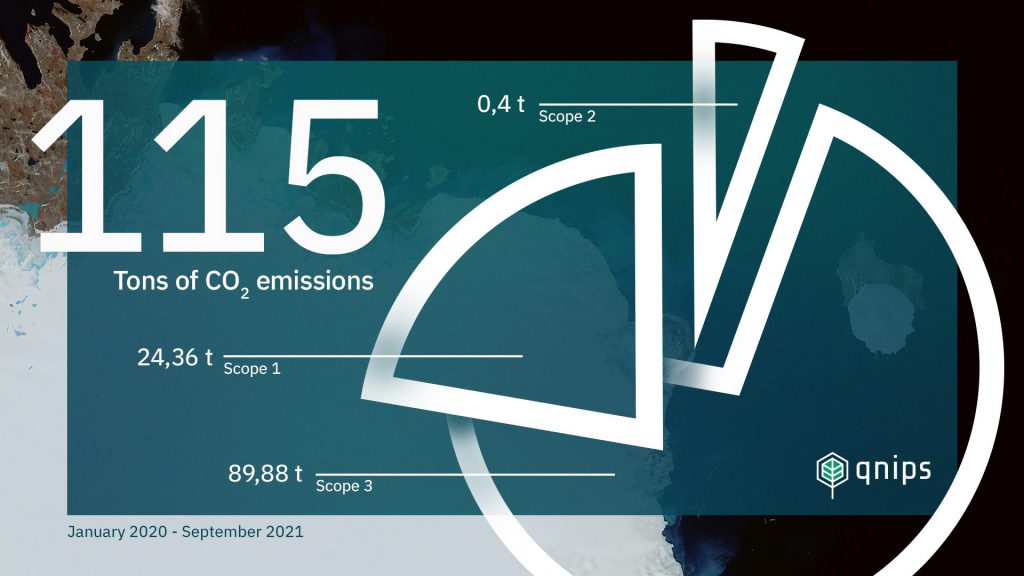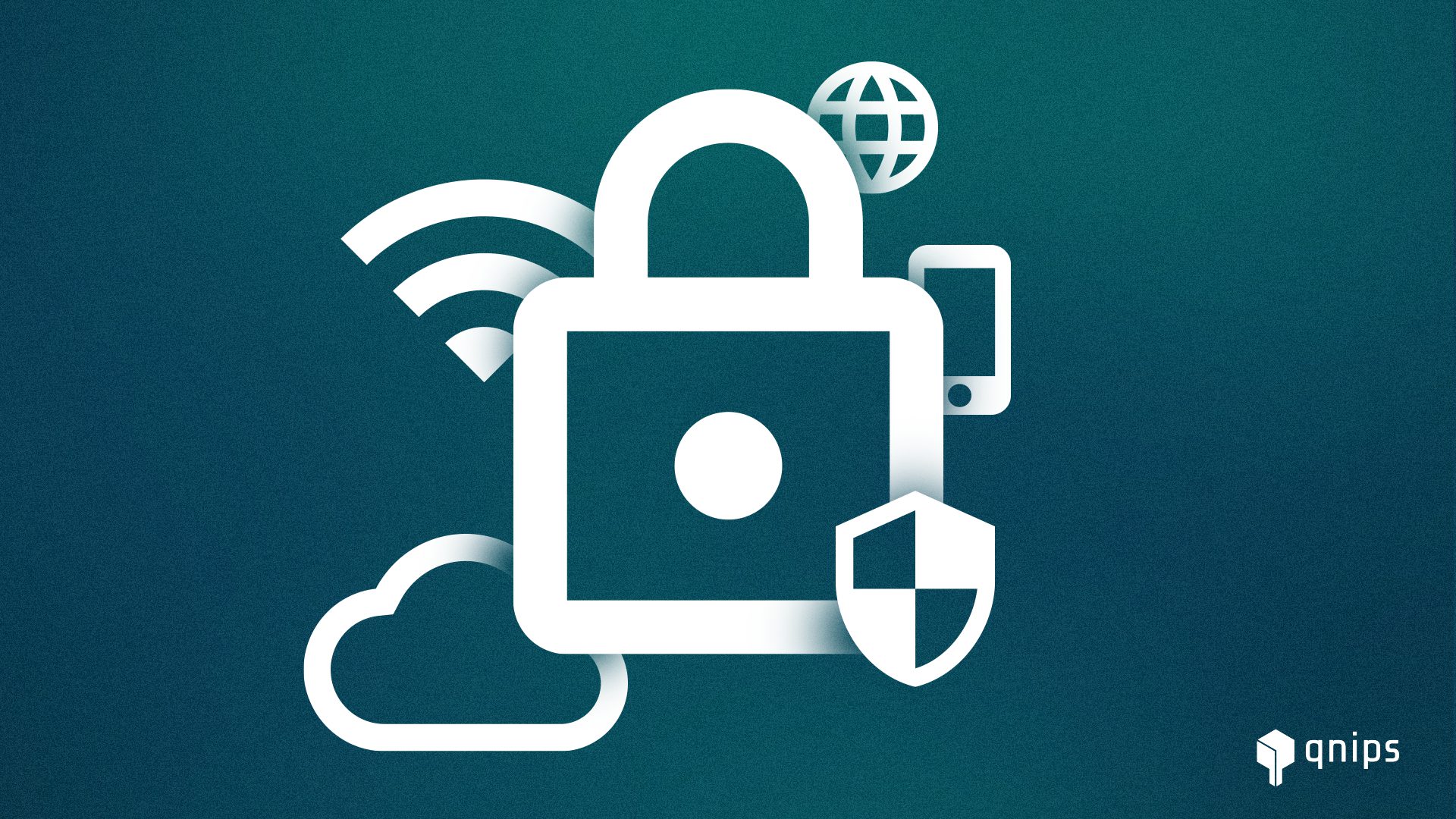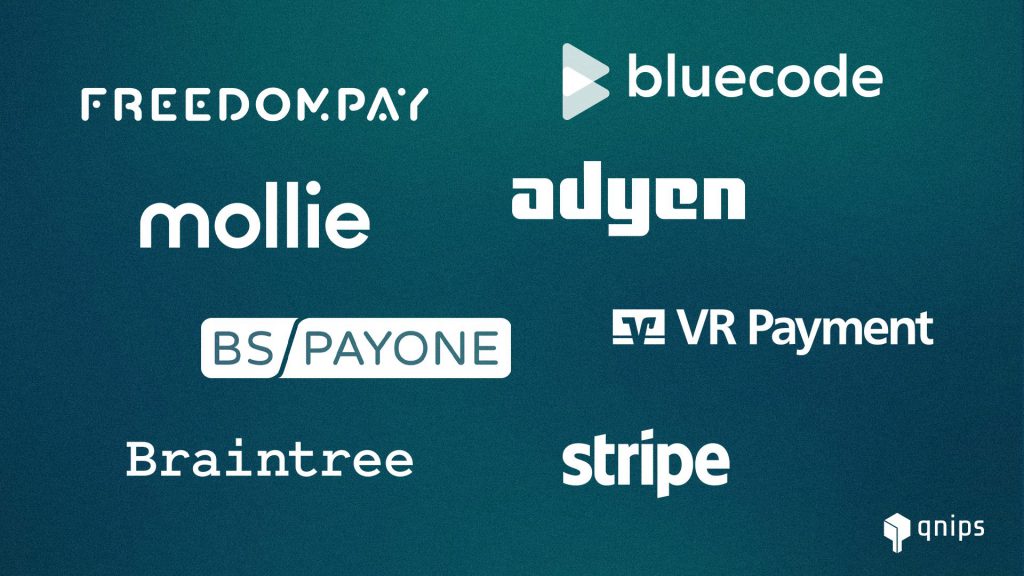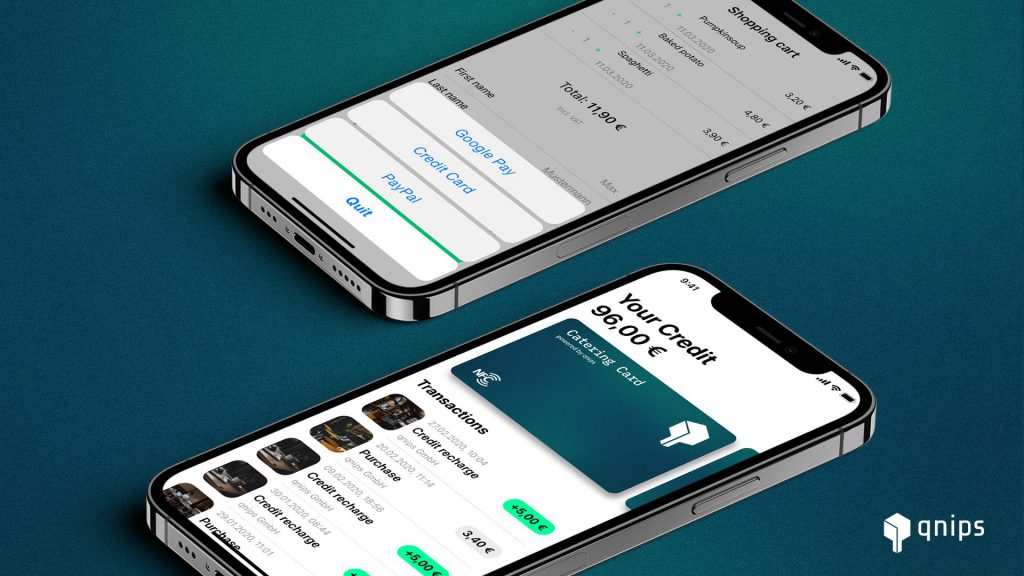The enormous consumption of single-used plastic products in recent years has become a major problem also in contract catering. With measurably sustainable and reusable packaging, you can make a positive contribution and protect the environment in the long term. By 01.01.2023, contract caterer, and catering companies are obliged to offer take-away food and drinks also in reusable packaging. The decision of the reusable packaging obligation, made by the german parliament, draws attention to the increasing amount of waste generated by single-used packaging in the to-go-sector in recent years.
Further information on the reusable packaging obligation 2023 as well as indications on various reusable solutions and interfaces from qnips can be found in the following blog article.
From reusable packaging obligation to added value
Even if the switch to reusable packaging seems exhausting and expensive at first. In long-term it has numerous advantages for the company, the environment and the employees. Caterers can package food more ecologically and thus reduce waste by about 90% (according to a study by the Climate Alliance Green Events Tyrol). In addition, reusable tableware can be reused over 100 times, thus providing a long-term benefit and a cost-effective alternative.
Furthermore, a reusable system is advantageous for the remote work model. In this case, the employees are at home for a certain period of their working time. With reusable bowls, it is now possible to take the food home with them. Thus they can also benefit from the canteen food during their home office days. On stressful days, the food can be taken to their workspace, if there is no time for a canteen visit. In both working models, additional advantages of the reusable solution can be seen.
In conclusion, the switch to reusable packaging may involve some initial effort, but it has many advantages for companies. By using reusable systems, your guests are supported in sustainable behaviour and thus have a positive impact on the environment.
Our reusable solution for more sustainability in contract catering
Within our qnips system, you have the possibility of using a sustainable reusable system! We offer various interfaces to our sustainability partners, which can be individually adapted to your needs. Your guest select and order the desired food in the catering portal via app or web. They have the option of selecting the preparation in a reusable bowl during the ordering process. The packaging options are available in different sizes, depending on individual requirements.
The order is received by the canteen via kitchen monitor tablet and can be prepared directly by the kitchen team. As soon as the order is ready for pick-up, the guests receive a push notification on their smartphone. On site, the respective reusable bowl is then scanned via QR-Code and electronically stored in the order. You can simply pick up the food at the counter via QR-Code scan and can enjoy the meal. Within a specific period, the bowl is returned to the company canteen and can be reused for the next guest.
Mastering the reusable packaging obligation with reliable partners
The reusable system also works according to the white label principle. This means that you can personalize your packaging from a certain sales volume and add your logo. With a wide range of different partners and interfaces, you have a variety of sizes, shapes and materials. Thus you can design your own individual reusable packaging solution.
With one of our partners – Crafting Future – we have a reliable manufacturer for measurably sustainable and reusable packaging at our side. The packaging is produced in Germany and has a low carbon footprint. Furthermore, due to their mono-material nature, they are easily recyclable and also LFGB tested. With the interface to the reusable system from – Vytal – qnips offers another solution for implementing reusability. By scanning a QR code, reusable containers can be easily borrowed at the food counter. Another possibility for switching to reusable dishes is the qnips reusable integration in combination with already existing reusable packaging. If you already have reusable tableware, it can easily be digitized and provided with a QR code. In this way, you can also use other packaging from manufacturers such as Mepal.
Various types of reusable solutions
When switching to reusable alternatives, you have the option of choosing from various models, for example a deposit system. Employees must deposit an amount for each reusable bowl they borrow and are repaid in full when they return it. If the reusable bowl is not returned within a defined period, the fee is automatically debited from the employee’s account via the respective payment method. Another model is based on trust with your guests. In the trust model, you assume that your guests will return the reusable bowls without charging a deposit or similar. The third option is the late fee. Guests are given a return period of, for example, 14 days. If this deadline is not met, a late fee is incurred and automatically collected by the respective payment method, as for example Adyen or VR Payment.
If you are not sure which reusable system is right for your business, there is the option to start with a Proof-of-Concept. This means you can choose test locations for your company, test the reusable system via pre-orders and then gather feedback from your employees. If the reusable system meets with approval, you can add more locations with an expanded reusable product portfolio, customize it and also integrate our qnips software.
Vending integrations in the returnable system
Within the reusable system, there is also the possibility of integrating vending solutions. This means that the reusable bowls can be used in combination with, for instance, pick-up stations. In this case, employees on large factory sites could pick up their food at the nearest station and thus save the long way to the company canteen. By serving the food in the reusable bowls, transport is made easier and it is ensured that the meal is still warm after transport. If the dish will be eaten later, the bowls are also suitable for the microwave and afterwards also for the dishwasher. In this way, you offer your employees a quick alternative for a hot lunch and promote sustainability in your company in the long term.
Are you interested in reusable solutions? Would you like an individual alternative to disposable packaging combined with a digital platform for your company canteen?
Then feel free to contact us at info@qnips.io or book a personal consultation at the following link: Schedule a personal consultation! – You can book online!
qnips promotes the topic of sustainability in contract catering. The implementation of the project “Use of a digital reusable system in business catering” is supported by funds from the European Regional Development Fund.
